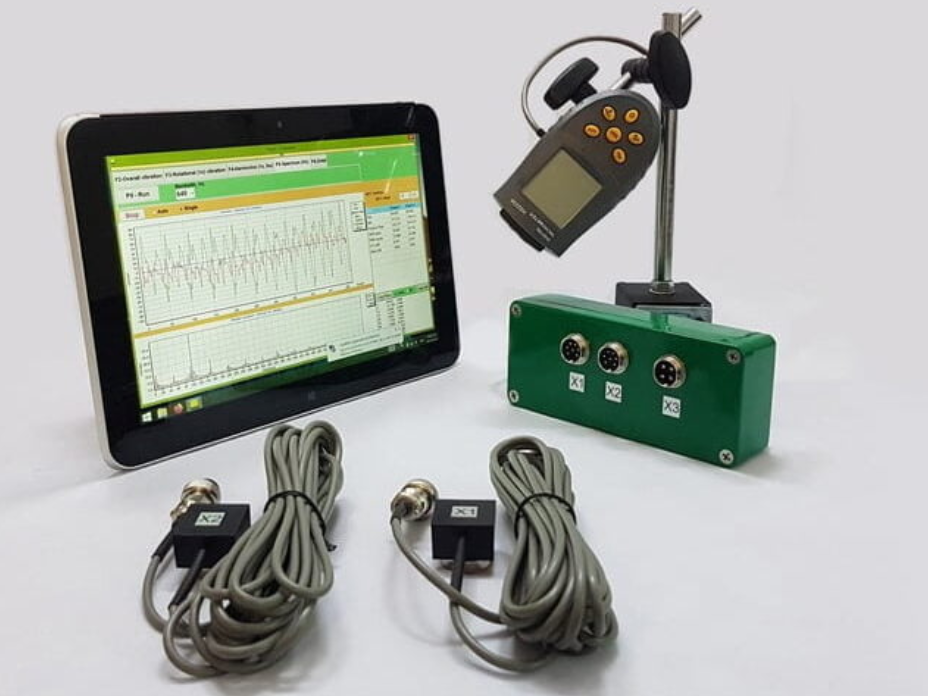April Extends Bond Investors’ Woes

The yield on the 10-year U.S. Treasury note logged its biggest monthly increase in more than a decade in April, lifted by mounting expectations for higher interest rates that have deepened the pain for debt investors.
Bond yields, which rise when bond prices fall, have been surging since the start of the year, with few signs of slowing down. Inflation has remained stubbornly high and analysts have ratcheted up forecasts for how aggressively the Federal Reserve will act to tame it.
The yield on the 10-year note, one of the most actively traded bonds in the world, settled Friday at 2.885%, up from 2.324% at the end of March. That marked its biggest monthly increase since December 2009 and followed an already historic rout in the first three months of the year, when bond indexes delivered their worst quarterly returns since the early 1980s.
Yields are a key element in how investors value companies’ projected profits. Their climb has hit the stock market this year, helping send the S&P 500 in April to its worst monthly loss since October 2008. Down 13.3% in 2022, the index hasn’t started a year this badly since 1939.
Persistent inflation—stuck at the highest level since the 1980s—has steered investors into bets that the Federal Reserve will wind down its economic support much faster than was forecast in January. That has lifted government-debt yields, which largely reflect expectations for inflation and Fed policy.
This week, the Fed is widely expected to raise its target short-term interest rate by 0.5 percentage point, with investors pricing in more such increases later this year. The central bank’s meeting will also likely produce an update on the Fed’s plans to trim the bond holdings on its balance sheet, another means for tightening financial conditions.
On Friday, the 10-year yield jumped as traders sold bonds after the Bureau of Labor Statistics reported that compensation costs for civilian workers climbed by 1.4% in March, the fastest increase on record. The two-year Treasury yield, which is more responsive to Fed policy expectations, notched an even sharper gain, settling at 2.696%.
Investors base their trades in the Treasury market not only on the Fed’s current stance, but also on how they guess policy will evolve. Even so, many investors are betting that at current yields, the market hasn’t fully captured how much interest rates will continue to rise.
In the latest version of a weekly survey, 44% of
JPMorgan’s
most active Treasury clients were wagering that yields will rise further, compared with 22% who were betting on yields coming down. As April progressed, a bigger share of investors in the survey positioned for rising rates, with inflation data showing little sign of falling near the Fed’s 2% target soon.
Treasury yields are important across the economy because they set a floor on borrowing costs. As yields have risen this year, so have the interest rates that people pay on new mortgages and on credit-card debt. Rising yields also translate into higher debt expenses for companies.
Shares of companies whose strongest returns appear far into the future also suffer because higher Treasury yields reduce the appeal of long waits for future profits. Some businesses analysts place in that category, such as plant-based-food maker
and space-tourism firm
have endured bruising rides in markets this year, down 43% and 44%, respectively.
Friday’s compensation data reinforced traders’ concerns that inflation will prompt an urgent Fed response. The 1.4% monthly increase in March exceeded the consensus forecast of economists surveyed by The Wall Street Journal, who expected a 1.1% rise. It was the latest data point to disappoint investors hoping to see signs inflation has peaked.
As pricing pressures linger, Kevin Nicholson, global fixed-income chief investment officer at Richmond, Va.-based RiverFront Investment Group, said that his firm continues to shun long-dated Treasury notes, wary of how their returns would suffer if yields continue to rise. Instead, RiverFront’s portfolios have favored short-term corporate debt.
The more time until a bond’s maturity, the more it stands to lag behind other investments as yields rise. With the Fed poised to move aggressively against inflation, Mr. Nicholson sees better value in corporate bonds that pay off soon, even though they are more likely to default than government debt.
“We’re more willing to take credit risk than interest-rate risk, and so we have avoided Treasurys in that sense,” Mr. Nicholson said.
It is far from certain that Treasury yields will keep climbing throughout 2022. Signs of weakness in economic growth or the labor market could make Fed officials hesitant to tighten financial conditions as aggressively as investors now project. Data released Thursday showed that output contracted at a 1.4% annualized rate in the first quarter amid a widening trade deficit. The next look at unemployment will come on Friday, when the Labor Department releases its April jobs figures.
Still, Friday’s compensation data will help ensure inflation remains at the top of the Fed’s agenda, said
Scott Wren,
a senior global market strategist at the Wells Fargo Investment Institute.
“Wage hikes and rising commodities prices are hanging around for longer than what we thought it was going to be a year ago,” he said. “We’re going to continue to see some high [inflation] prints here in these next couple of months.”
—Sam Goldfarb contributed to this article.
Write to Matt Grossman at matt.grossman@wsj.com
Copyright ©2022 Dow Jones & Company, Inc. All Rights Reserved. 87990cbe856818d5eddac44c7b1cdeb8








